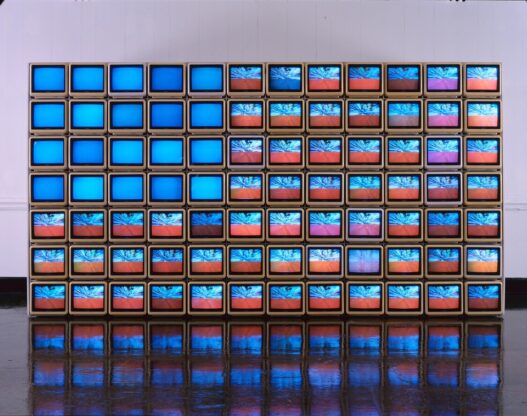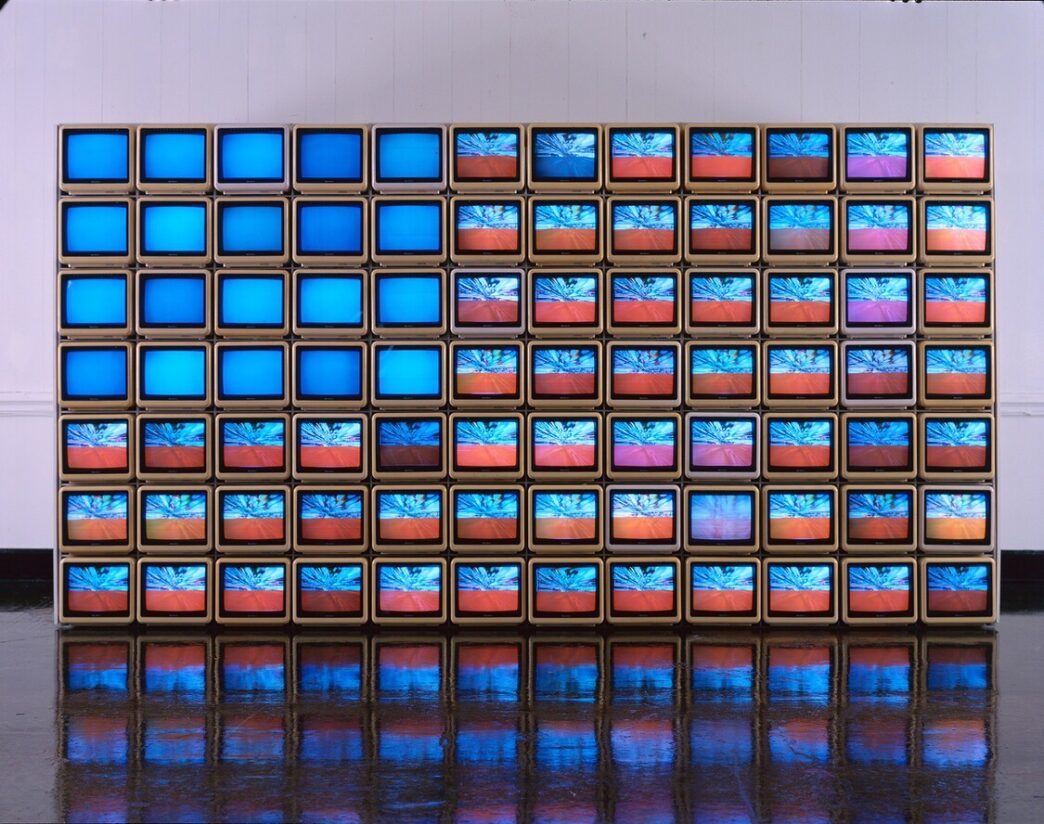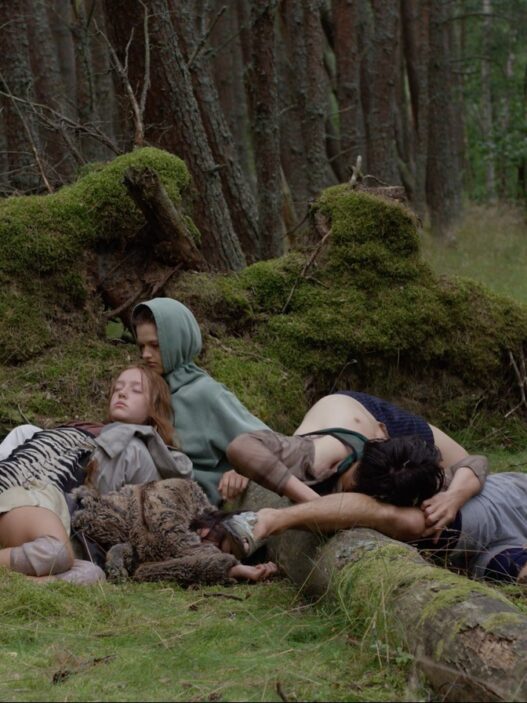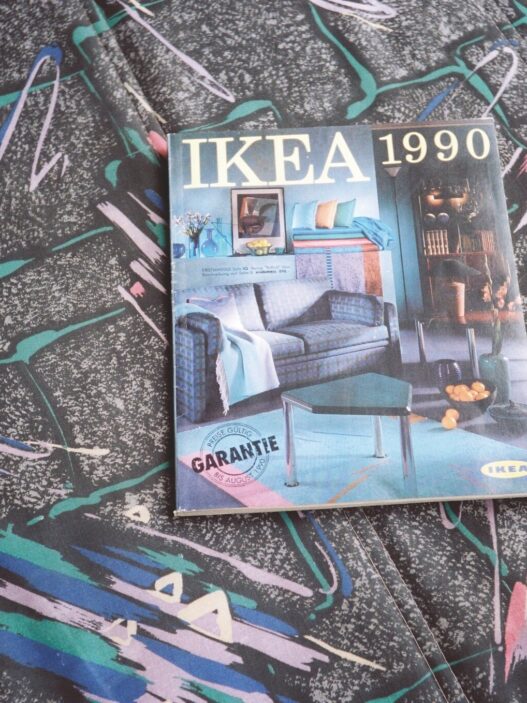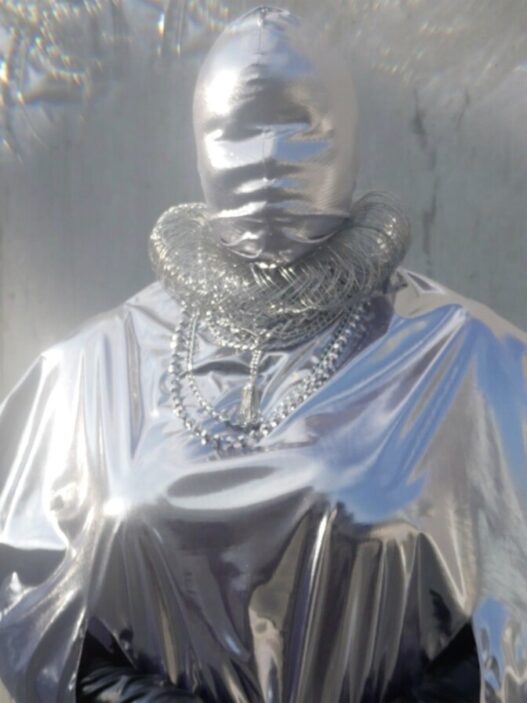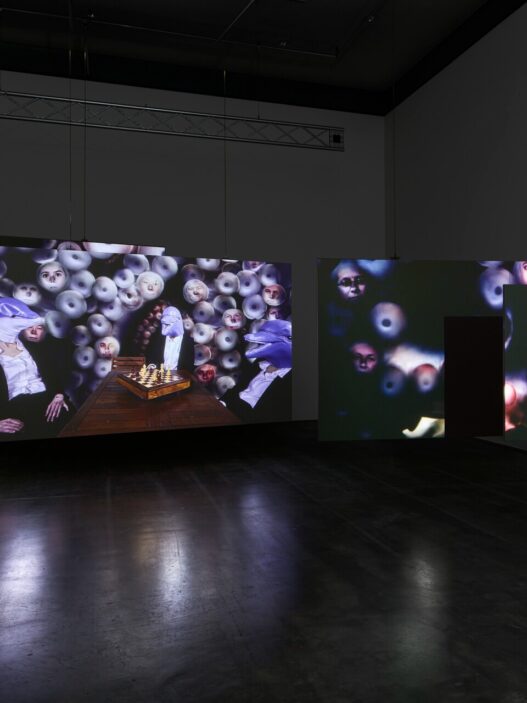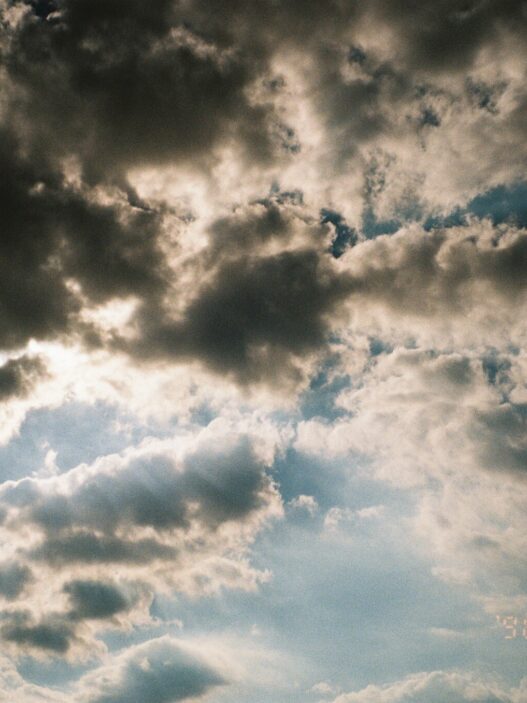The Modern Art Museum of Fort Worth presents the landmark I’ll Be Your Mirror: Art and the Digital Screen, a thematic group exhibition from February 12 to April 30, 2023.
I’ll Be Your Mirror: Art and the Digital Screen, a themed group show that examines the screen’s tremendous impact on art from 1969 to the present, is on display at the Modern Art Museum of Fort Worth. This show includes over sixty works by fifty artists over the last five decades. The artists in this exhibition investigate screen culture using a variety of media, including paintings, sculpture, video games, digital art, augmented reality, and video. I’ll Be Your Mirror: Art and the Digital Screen, curated by Alison Hearst, will be on display at the Modern from February 12 to April 30, 2023.
Today, screens pervade practically every part of existence. Their pervasiveness has resulted in a 24-hour news cycle, the coming corporate-sponsored virtual-reality “Metaverse,” limitless accessibility and material, and an ease with which ideas and pictures are conveyed, all of which have undeniably shaped culture in fundamental ways. This exhibition begins in 1969, the year of the televised Apollo moon landing and the birth of the internet’s predecessor, ARPANET, as this was the watershed year in modern civilization when social communication via screens was first organized. This era gave birth to what media theorist Marshall McLuhan foresaw in the 1960s as a “global village,” a place where distance is blurred and individuals from all over the world may easily engage. Following this tendency, modern life is becoming more hybrid and increasingly mediated by screens.
These flat and finite surfaces embody more than meets the eye; they reflect society and contribute to the formation of meaning in life and mainstream culture.
I’ll Be Your Mirror: Art and the Digital Screen is divided into nine major sections:
liminal space: From the late 1960s to the late 1990s, several artists were working alongside the early major technological developments of the screen: Gretchen Bender, Nancy Burson, Harold Cohen, Vuk Ćosić, Peter Halley, Frederick Hammersley, Lynn Hershman Leeson, Eduardo Kac, Tatsuo Miyajima, Nam June Paik, Lillian F. Schwartz, and Andy Warhol. These artists’ works are highlighted in this section for their innovative processes.
connectivity: Screens connect us with incredible ease to friends, colleagues, a network of other users and players, apps, news, and streaming services. We share—and are shared with—through screens. As culture courses through society via these means, screens are at the axis of most of our interactions, and these connections are a topic interrogated by many artists, including Cory Arcangel, Liss LaFleur, Eva and Franco Mattes, Cassie McQuater, Jacolby Satterwhite, Frances Stark, and Wickerham & Lomax.
Surveillance: As we discover community through technology, we are also tied to larger data extraction networks via our devices. Our data is collected for national security, geo-mapping, and corporate surveillance capitalism, in which tailored advertisements are deployed based on purchases and surfing history. Hasan Elahi, Electronic Disturbance Theater 2.0, Rafael Lozano-Hemmer, and Jon Rafman look into the positive, negative, and amusing elements of today’s monitoring.
The repository: Because of today’s steady flood of data, material is being consumed around the clock. Handheld technologies make this informational environment even more accessible. Morehshin Allahyari, Kahlil Robert Irving, Trevor Paglen, Jason Salavon, Skawennati, and Penelope Umbrico are among the artists who have addressed the enormous and complicated diversity of image and information circulation in the screen age.
digital abstraction: While many painters employ technology in their work, artists like Cory Arcangel, Wade Guyton, Jacqueline Humphries, Laura Owens, and John Pomara investigate the intersections of the computer screen and formal abstraction. Historically compared to windows and mirrors, the often flat, rectangular format of paintings works as a screen in today’s world—a tunnel that interrupts or replicates current life.
The posthuman body: Technology has become an extension of the body in the digital age. Posthumanism, a science fiction concept, is the belief that technological progress will alter humanity. The artists Caitlin Cherry, Petra Cortright, Huntrezz Janos, Guthrie Lonergan, Carson Lynn, Avery Singer, and Hito Steyerl, who straddle conceptions of self and portraiture in the modern era, reveal that depictions of the human body in a media-induced society are far from homogenous.
The plague of loneliness and automation: Cao Fei and !Mediengruppe Bitnik investigate the interaction between man and machine, notably the tension of isolation in an increasingly automated environment. Cao Fei’s and !Mediengruppe Bitnik’s works, set in circumstances where human labor has been supplanted by automation, demonstrate the ambiguities of human intimacy in the screen age.
Ecology: Electronic waste, such as plastics, batteries, monitors, and phones, clogs landfills and emits pollutants that pollute water. Several artists in this exhibition demonstrate the difficulties of ecology in the digital age, including American Artist Alice Bucknell, Simon Denny, Kristin Lucas, Rick Silva, and Elias Sime.
turning a mirror on ourselves: By reflecting society and ourselves, screens generate reality, shaping many of today’s cultural issues. The artists Arthur Jafa and Molly Soda create videos that throw a light on society through the perspective of found, vernacular videos that are already circulating online.
More than 25,000 square feet of gallery space will be devoted to the exhibition, which will include iconic works by prominent national and international artists of the 20th and 21st centuries, such as Cory Arcangel, American Artist, Gretchen Bender, Lynn Hershman Leeson, Arthur Jafa, Nam June Paik, Hito Steyerl, and Andy Warhol, as well as several leading artists living in Texas, including Liss LaFleur, Kristin Lucas, and John Pomara. Several new and never-before-seen works by key artists Caitlin Cherry, Simon Denny, Hasan Elahi, and Kahlil Robert Irving will debut in this exhibition. This is the most in-depth show of its kind in the Southwest region and is one of only a few presentations exploring art and digital technology in the past decade at this scale.
Artists in the exhibition:
Morehshin Allahyari, Cory Arcangel, American Artist, Gretchen Bender, Alice Bucknell, Nancy Burson, Caitlin Cherry, Harold Cohen, Petra Cortright, Vuk Ćosić, Simon Denny, Hasan Elahi, Electronic Disturbance Theater 2.0, Cao Fei, Wade Guyton, Peter Halley, Frederick Hammersley, Lynn Hershman Leeson, Jacqueline Humphries, Kahlil Robert Irving, Arthur Jafa, Huntrezz Janos, Eduardo Kac, Liss LaFleur, Guthrie Lonergan, Rafael Lozano-Hemmer, Kristin Lucas, Carson Lynn, Eva and Franco Mattes, Cassie McQuater, !Mediengruppe Bitnik, Tatsuo Miyajima, Laura Owens, Trevor Paglen, Nam June Paik, John Pomara, Jon Rafman, Jason Salavon, Jacolby Satterwhite, Lillian F. Schwartz, Rick Silva, Elias Sime, Avery Singer, Skawennati, Molly Soda, Frances Stark, Hito Steyerl, Penelope Umbrico, Andy Warhol, Wickerham & Lomax
The Modern Art Museum of Fort Worth
3200 Darnell Street
Fort Worth, Texas 76107
USA
Hours: Tuesday–Saturday 10am–5pm,
Friday 10am–8pm
T +1 817 738 9215
info@themodern.org









